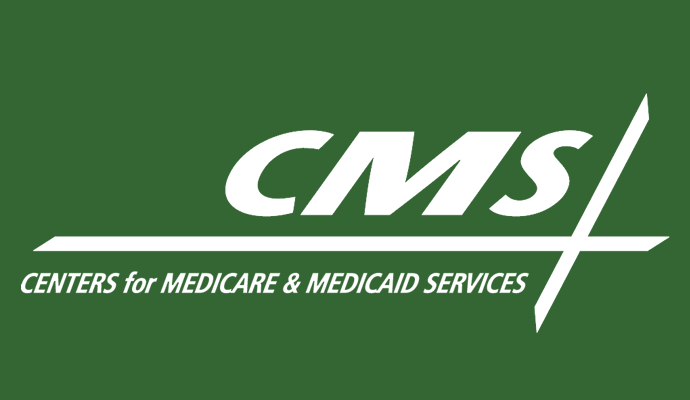CMS Proposes $310M Boost, Value-Based Purchasing for Home Health
CMS has released a proposed rule for the Home Health Prospective Payment System in CY22, which aims to expand value-based purchasing and address health equity.

Source: Xtelligent Healthcare Media/Centers for Medicare & Medicaid Services
- CMS has released the proposed rule for the Home Health Prospective Payment System next year. The rule seeks to expand the Home Health Value-Based Purchasing (HHVBP) Model and address health equity across different groups of beneficiaries.
The rule released earlier today proposes to expand the HHVBP Model nationwide to shift home health Medicare reimbursement based on volume to payments dependent on quality of care. The Model was first introduced through the CMS Innovation Center in 2016. Medicare-certified home health agencies in nine states have participated, resulting in an average 4.6 percent improvement in quality scores and an average annual savings of $141 million to Medicare.
The HHVPB Model, therefore, met regulatory requirements for expansion, which CMS is proposing to do starting January 1, 2022.
The proposed rule would also modify quality measures in the Home Health Quality Reporting Program in an effort to reduce provider burden and focus more on patient outcomes. Among the quality measure changes would be the addition of two measures promoting care coordination in the Home Health Quality Reporting Program effective Jan. 1, 2023, and measures under Long Term Care Hospital and Inpatient Rehabilitation Quality Reporting Programs effective Oct. 1, 2022.
CMS said the measures would help the agency monitor outcomes across diverse patient populations as expected under the recent Executive Order 13985 of Jan. 20, 2021, entitled “Advancing Racial Equity and Support for Underserved Communities Through the Federal Government.”
CMS is focused on ensuring health equity for diverse populations. The proposed rule also solicited feedback from stakeholders on how to attain health equity through policy solutions, such as better reporting on Medicare/Medicaid dual eligible, disability status, people who are LGBTQ+, religious minorities, people who live in rural areas, and people otherwise adversely affected by persistent poverty or inequality.
“Homebound Medicare patients face a unique set of challenges and barriers to getting the care they need,” CMS Administrator Chiquita Brooks-LaSure, said publicly. “Today’s announcement is a reaffirmation of our commitment to these older adults and people with disabilities who are counting on Medicare for the health care they need. This proposed rule would streamline service delivery and value quality over quantity – at a time when Americans need it most.”
As expected the proposed rule also provided routine updates to the home health and home infusion therapy services payment rates for calendar year (CY) 2022. Home health agencies recently transitioned to the Patient Driven Groupings Model (PDGM), a new Medicare payment system that reimburses home health agencies based on patient characteristics rather than therapy minutes.
The rule proposes “to recalibrate the PDGM case-mix weights, functional levels, and comorbidity adjustment subgroups while proposing to maintain the CY 2021 LUPA thresholds for CY 2022.”
If finalized as is, the rule would also update Medicare Conditions of Participation for home health agencies, making permanent select regulatory blanket waivers related to home health aide supervision that were issued during the COVID-19 pandemic. The change would allow occupational therapists to complete the initial and comprehensive assessments for patients.
In total, CMS expects the Medicare payment updates to increase reimbursements to home health agencies by $310 million, or 1.7 percent, in 2022.
